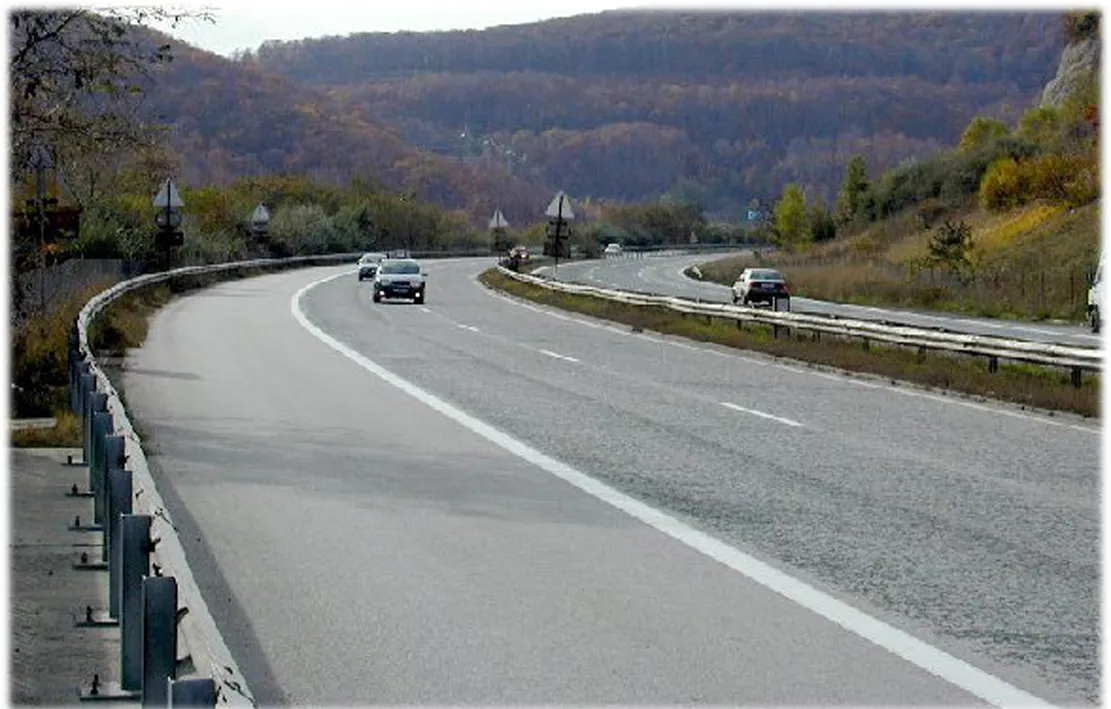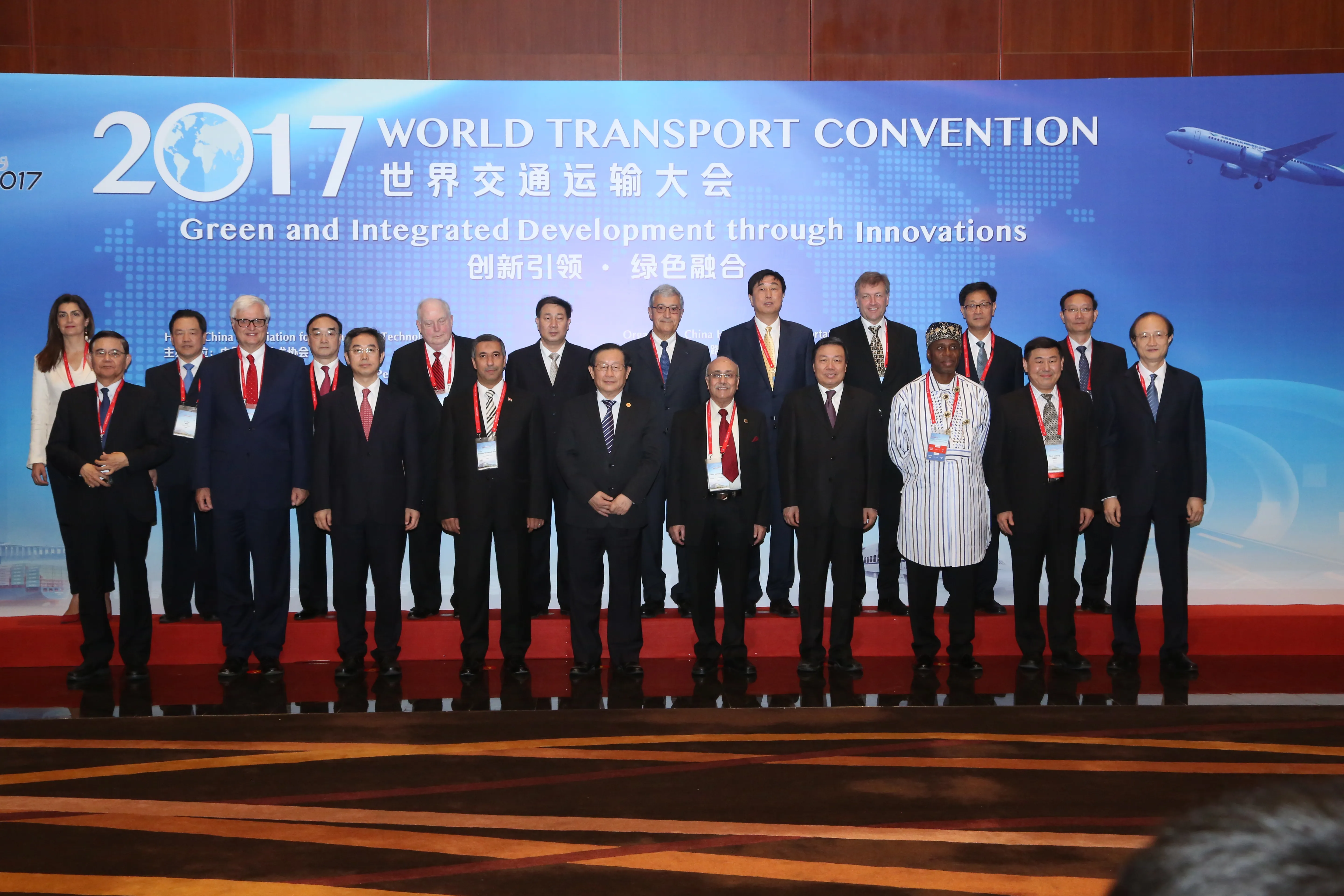A further US$ 9 billion is required to complete the development of the Greater Mekong Subregion (GMS), according to the National Economic and Social Development Board of Thailand. The new investment will cover development of roads, special economic zones, border towns, ports and facilities at important checkpoints in the GMS’s six states of Cambodia, Laos, Myanmar, Thailand, Vietnam, and the Yunnan Province of China. The North-South Economic Corridor's transport network will, it’s reported, be confirmed onc
January 23, 2013
Read time: 1 min
A further US$ 9 billion is required to complete the development of the Greater Mekong Subregion (GMS), according to the National Economic and Social Development Board of Thailand.
The new investment will cover development of roads, special economic zones, border towns, ports and facilities at important checkpoints in the GMS’s six states of Cambodia, Laos, Myanmar, Thailand, Vietnam, and the Yunnan Province of China.
The North-South Economic Corridor's transport network will, it’s reported, be confirmed once the fourth Thai-Lao Friendship Bridge (Chiang Khong-Huay Xai) is finished in the next two years. Another 82km of the route R11 in Laos is also being built.
Furthermore, it is suggested that the943 Asian Development Bank should provide financing for the construction of Myawaddy-Kokariek-Thaton road in Myanmar. Meanwhile, the government of Thailand is expected to have an important role in creating a regional transport network.
The new investment will cover development of roads, special economic zones, border towns, ports and facilities at important checkpoints in the GMS’s six states of Cambodia, Laos, Myanmar, Thailand, Vietnam, and the Yunnan Province of China.
The North-South Economic Corridor's transport network will, it’s reported, be confirmed once the fourth Thai-Lao Friendship Bridge (Chiang Khong-Huay Xai) is finished in the next two years. Another 82km of the route R11 in Laos is also being built.
Furthermore, it is suggested that the








